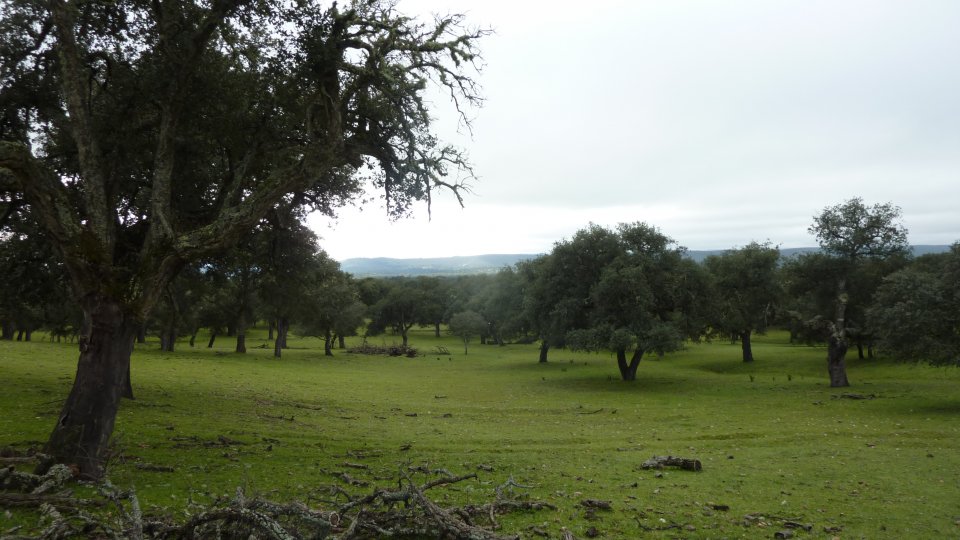
In the current context in which it can be perceived that climate change is already a reality, one of the issues that most concerns the different sectors dedicated to non-timber forest products (NWFP) is the long-term availability of these forest products, so that a constant supply is ensured. It is important to know the provision of NWFP at the present time in order to know or estimate their future evolution. A key tool in this regard is the National Forest Inventories (NFI). Spanish NFI are a robust, objective and comparable source of information, ideal for carrying out this type of analysis.
In Spain we have one of the most robust NFIs, backed by its more than 50 years of history, it is currently completing its fourth cycle. Spanish NFIs have evolved in accordance with the interests and demands of society. NWFPs have been integrated more efficiently in data collection from the first inventories to NFI4. In the case of cork, the parameters that have been recorded in the different IFNs have varied over time. After analyzing the suitability of the data needed to respond to the different requirements that the NFI must face, a new data collection methodology was implemented at NFI4.
In light of the need for an adequate IFN4 for the collection of cork data, the IFN included new variables to make estimates of cork stocks at the national level. The IFN4 collects circumference data on cork at chest height, cork height and cork caliper. Cork samples are taken from a maximum of 4 trees per plot to estimate the quality of the cork (in terms of porosity) and its age. The collected data will allow: (i) to know the volume of standing cork at the time of the inventory, (ii) to estimate the expected cork growth (productivity) through the existing cork growth models that use as input data the age of the cork and its caliper at a given moment, (iii) make an estimate of both the productivity of cork, but also of its quality using the porosity of the samples as an indicator.
Having this information regarding the cork production provided by the IFN will allow us to know the resources that we currently have and to be able to comply with the information requirements at national and international level. An example would be the SOEF Report (State of Europe’s Forest) of Forest Europe. But in addition, this information will serve to articulate a stronger cork sector, through the characterization of the cork oak stands, based on the best growths and the best qualities. This characterization will allow to identify those areas or masses most interesting for its use.
Having quality, objective and comparable information throughout the different IFNs will make it possible to know the cork stock, its characterization, but also its evolution throughout the different inventory cycles. This information will be beneficial for the structuring of the sector, allowing (i) better planning of farms, establishing shorter uncorking shifts in those more productive masses and longer otherwise, (ii) better organization of supply from the point cork companies, knowing not only the quantity of cork available but also its quality.
With the data provided by IFN4 and assuming that data collection includes the same parameters in successive cycles, the type of analysis to be performed can be expanded. For example, the volume and growth data of cork could be interpolated with climatic and topographic variables of the area so that we can know how these variables influence cork production. Identifying the effect of this type of variables will allow us to make projections analyzing the effect that the expected climatic variations will have on this type of product with a view to its provision in the future.
Mariola Sánchez, msanchez@inia.es
Maria Pasalodos-Tato, pasalodos.maria@inia.es
Further information
Maria Pasalodos-Tato, Iciar Alberdi, Isabel Cañellas, Mariola Sánchez-González, Towards assessment of cork production through National Forest Inventories, Forestry: An International Journal of Forest Research, Volume 91, Issue 1, January 2018, Pages 110–120, https://doi.org/10.1093/forestry/cpx036
Mariola Sánchez
Cork samples that must be extracted to assess cork age and quality
